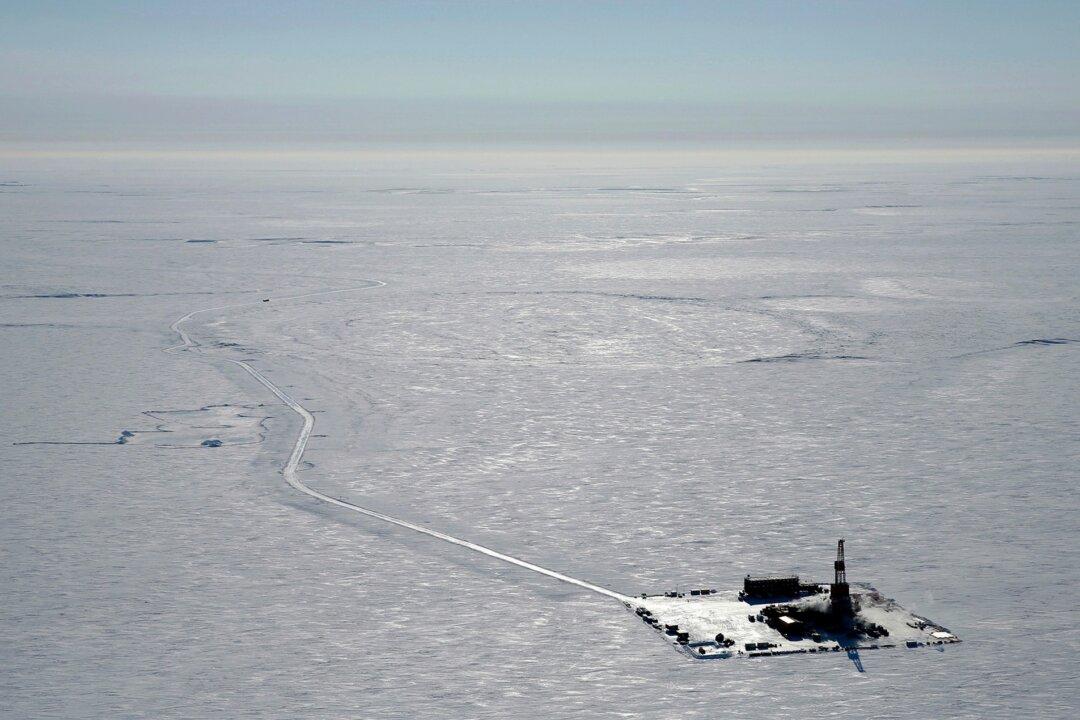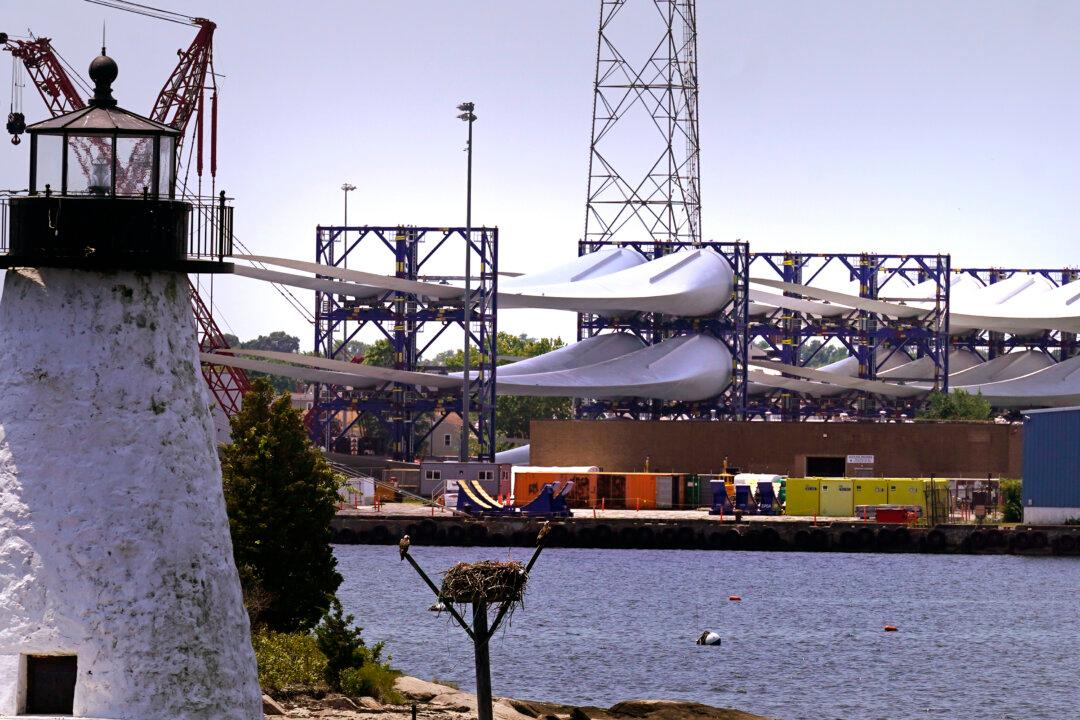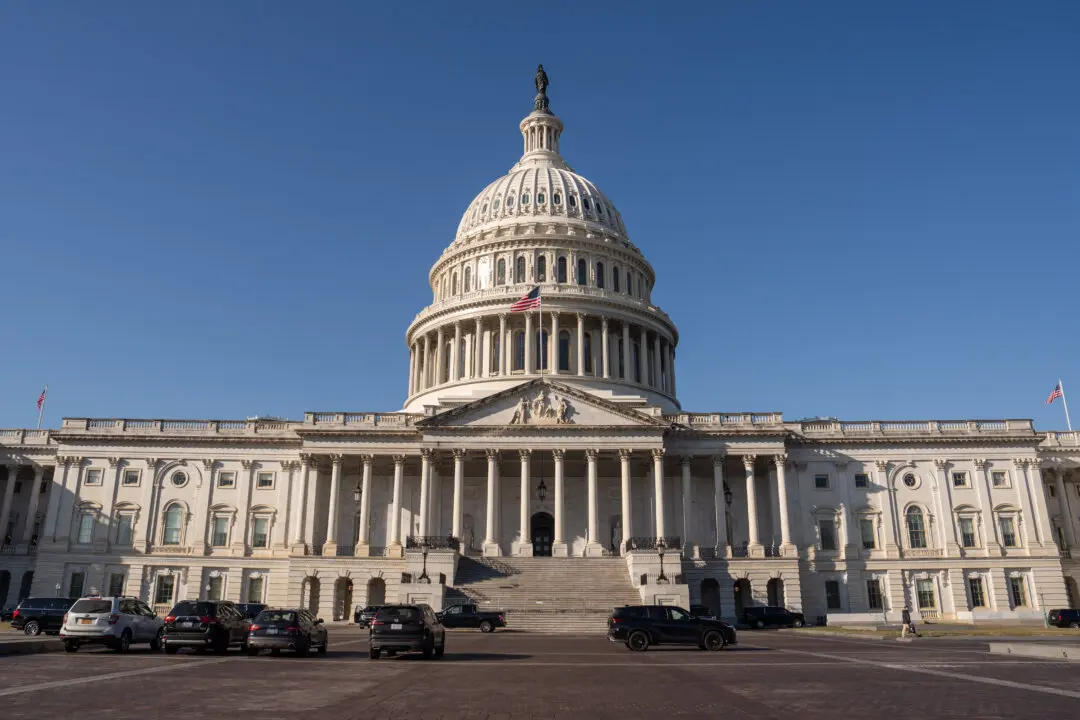The Biden administration’s decision to allow ConocoPhillips to proceed with its $8 billion North Slope Alaska Willow Project while making the Arctic Ocean off-limits to oil development and banning new leases on 13 million of the National Petroleum Reserve in Alaska’s 23 million acres is drawing criticism from all sides.
ConocoPhillips and the state’s bipartisan congressional delegation weren’t among the critics.





